Companies are rushing to be early adopters of advanced tech like quantum and artificial intelligence so they don’t fall behind competitors.
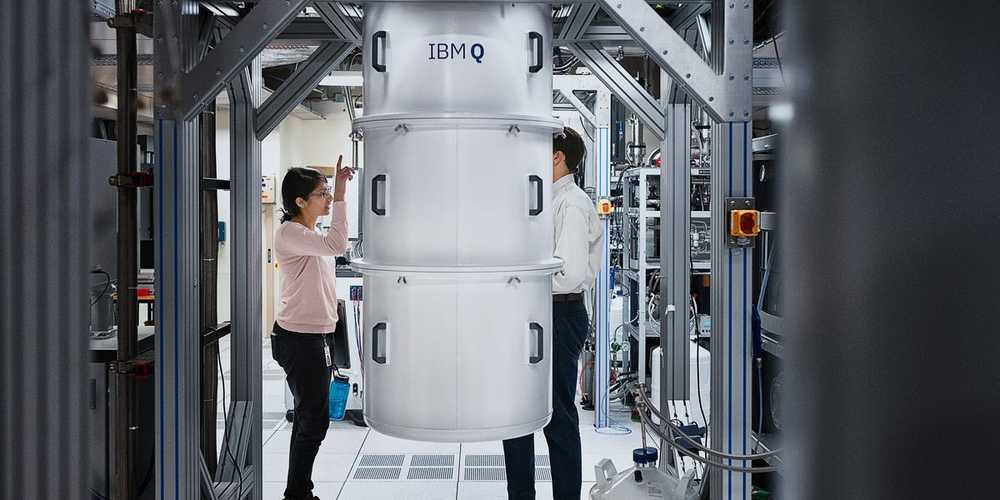

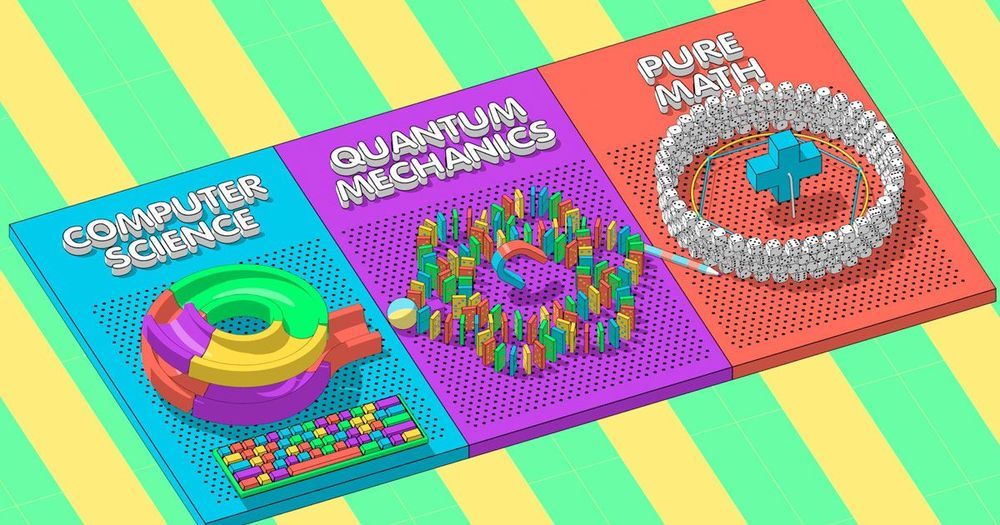
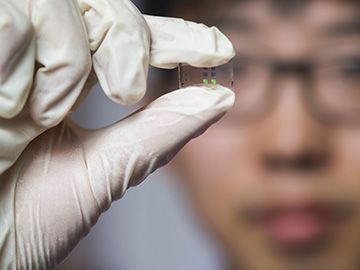
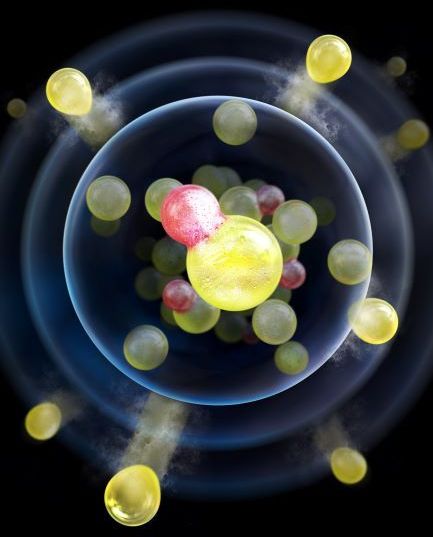
Cooling atoms to ultracold temperatures is a routine task in atomic physics labs, but molecules are a trickier proposition. Researchers in the US have now used a widely-applicable combination of methods to make molecules colder than ever before – a feat that could pave the way for applications in areas as diverse as high-temperature superconductivity and quantum computing.
In everyday life, we do not see the bizarre effects of quantum mechanics because the quantum states of the particles around us are constantly collapsing, or decohering, as they interact. At temperatures near absolute zero, however, some identical particles will simultaneously occupy the lowest energy quantum state available. This phenomenon is known as quantum degeneracy, and it was experimentally demonstrated in 1995, when groups led by Eric Cornell and Carl Wieman (then at the University of Colorado, Boulder) and Wolfgang Ketterle of the Massachusetts Institute of Technology (MIT) created the first Bose-Einstein condensates (BECs) with rubidium and sodium atoms, respectively.
Other groups have subsequently made condensates using other atomic species, and various techniques have been developed to cool atoms to quantum degeneracy. In one of the simplest methods, a sample of atoms is confined in a magnetic or optical trap. Hotter atoms with more kinetic energy are more readily able to escape, or evaporate, from this trap, so the remaining atoms become cooler. In another method, known as sympathetic cooling, one type of atom is cooled directly and allowed to thermalize with atoms of another type, thereby cooling them by extracting their kinetic energy.
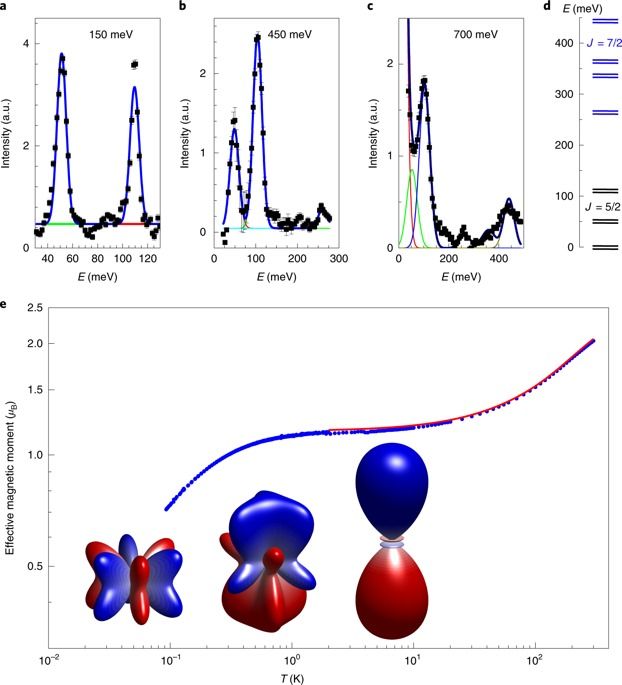
O,.o maybe this could make computronium.
Spin liquids are highly correlated yet disordered states formed by the entanglement of magnetic dipoles1. Theories define such states using gauge fields and deconfined quasiparticle excitations that emerge from a local constraint governing the ground state of a frustrated magnet. For example, the ‘2-in–2-out’ ice rule for dipole moments on a tetrahedron can lead to a quantum spin ice2,3,4 in rare-earth pyrochlores. However, f-electron ions often carry multipole degrees of freedom of higher rank than dipoles, leading to intriguing behaviours and ‘hidden’ orders5,6. Here we show that the correlated ground state of a Ce3+-based pyrochlore, Ce2Sn2O7, is a quantum liquid of magnetic octupoles. Our neutron scattering results are consistent with a fluid-like state where degrees of freedom have a more complex magnetization density than that of magnetic dipoles. The nature and strength of the octupole–octupole couplings, together with the existence of a continuum of excitations attributed to spinons, provides further evidence for a quantum ice of octupoles governed by a ‘2-plus–2-minus’ rule7,8. Our work identifies Ce2Sn2O7 as a unique example of frustrated multipoles forming a ‘hidden’ topological order, thus generalizing observations on quantum spin liquids to multipolar phases that can support novel types of emergent fields and excitations.
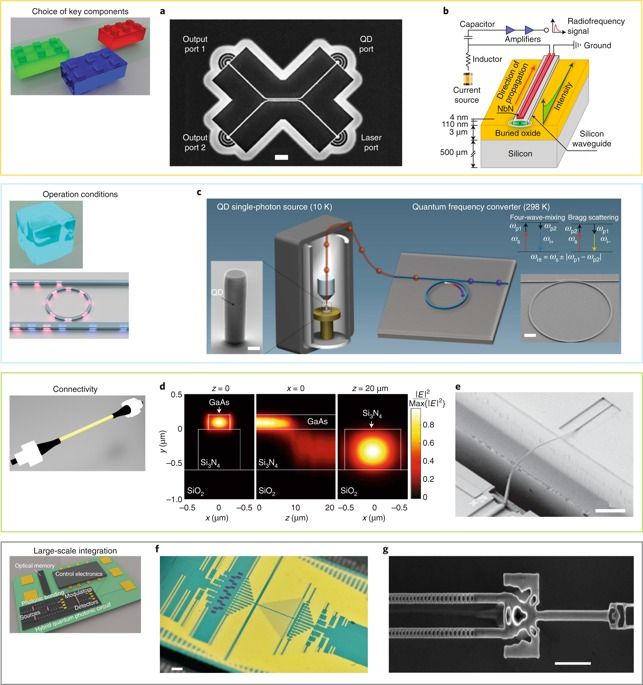
Recent developments in chip-based photonic quantum circuits have radically impacted quantum information processing. However, it is challenging for monolithic photonic platforms to meet the stringent demands of most quantum applications. Hybrid platforms combining different photonic technologies in a single functional unit have great potential to overcome the limitations of monolithic photonic circuits. Our Review summarizes the progress of hybrid quantum photonics integration, discusses important design considerations, including optical connectivity and operation conditions, and highlights several successful realizations of key physical resources for building a quantum teleporter. We conclude by discussing the roadmap for realizing future advanced large-scale hybrid devices, beyond the solid-state platform, which hold great potential for quantum information applications.

PsiQuantum is a little-known quantum computing startup, however it recently had no trouble raising almost a quarter of a billion dollars from Microsoft’s M12 venture fund and other investors. That is in addition to a whopping $230 million it received last year from a fund formed by Andy Rubin, developer of the Android operating system.
The company was founded in 2016 by British professor Jeremy O’Brien and three other academics, Terry Rudolph, Mark Thompson, and Pete Shadbolt. In just a few years, they have quietly grown the company from a few employees to a robust technical staff of more than 100.
Compared to today’s modest quantum computing capabilities, PsiQuantum’s elevator pitch for investors sounds like a line from a science fiction movie. O’Brien not only says he is going to build a fault-tolerant quantum computer with a staggering one million qubits, he also says he is going to do it within five years. O’Brien’s technology of choice for this claim is silicon photonics, which uses particles of light called photons to perform quantum calculations. Theoretically, photons behave as both waves and particles, but that’s a subject for another article. Quantum computing technologies in use today are primarily superconductors and trapped ion. However, there is plenty of research that shows photonics holds a lot of promise.
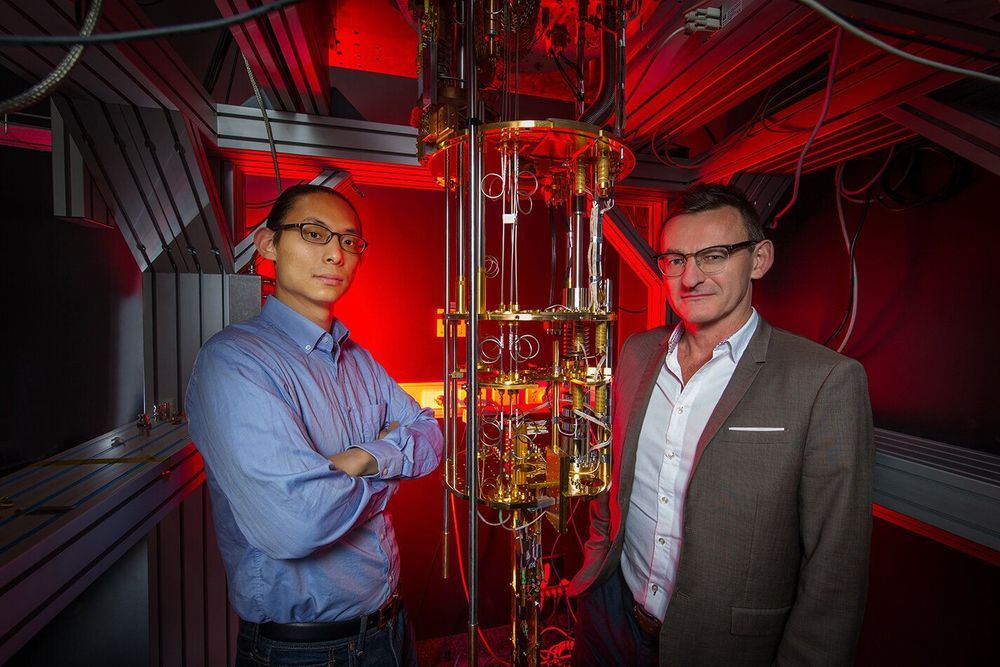
Most quantum computers being developed around the world will only work at fractions of a degree above absolute zero. That requires multi-million-dollar refrigeration and as soon as you plug them into conventional electronic circuits they’ll instantly overheat.
But now researchers led by Professor Andrew Dzurak at UNSW Sydney have addressed this problem.
“Our new results open a path from experimental devices to affordable quantum computers for real world business and government applications,” says Professor Dzurak.
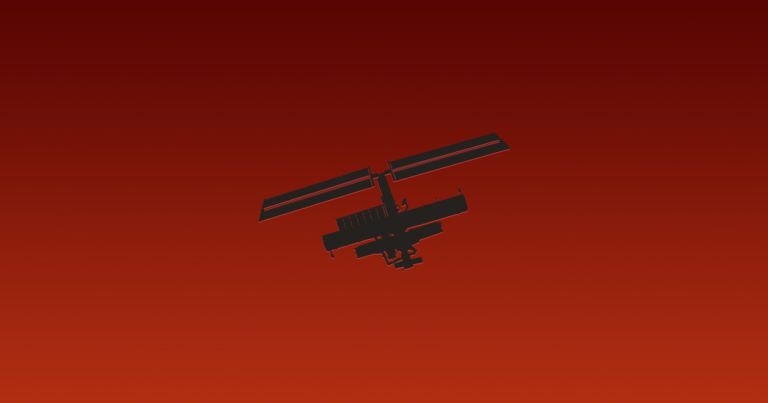
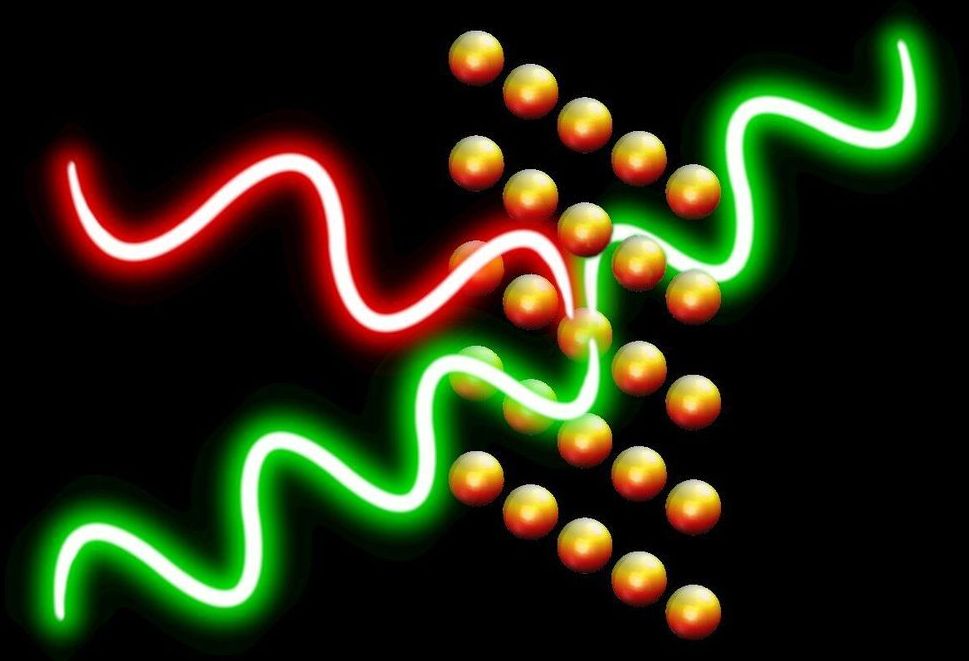
:oooo.
Metasurfaces are artificial materials designed at the nanoscale, which can control the scattering of light with exceptionally high precision. Over the past decade or so, these materials have been used to create a variety of technological tools ranging from sensors to lenses and imaging techniques.
A research team led by Mikhail Lukin at Harvard University has recently proposed a new type of metasurface that can control both the spatiotemporal and quantum properties of transmitted and reflected light. In a paper published in Nature Physics, the team showed that realizing a quantum metasurface is possible and could be achieved by entangling the macroscopic response of thin atom arrays to light.
“Quantum metasurfaces are an entirely new type of materials designed atom by atom, which enable applications such as quantum computation with photons,” Rivka Bekenstein, the lead author of the recent paper, told Phys.org. “We combined a state-of-the-art technique for manipulating the state of many atoms by long-range interactions (i.e., Rydberg interactions) with a recent discovery of how a single sheet of atoms can reflect light. We identified an architecture that can be realized in the laboratory, in which a single layer of atoms can act as a switchable quantum mirror.”